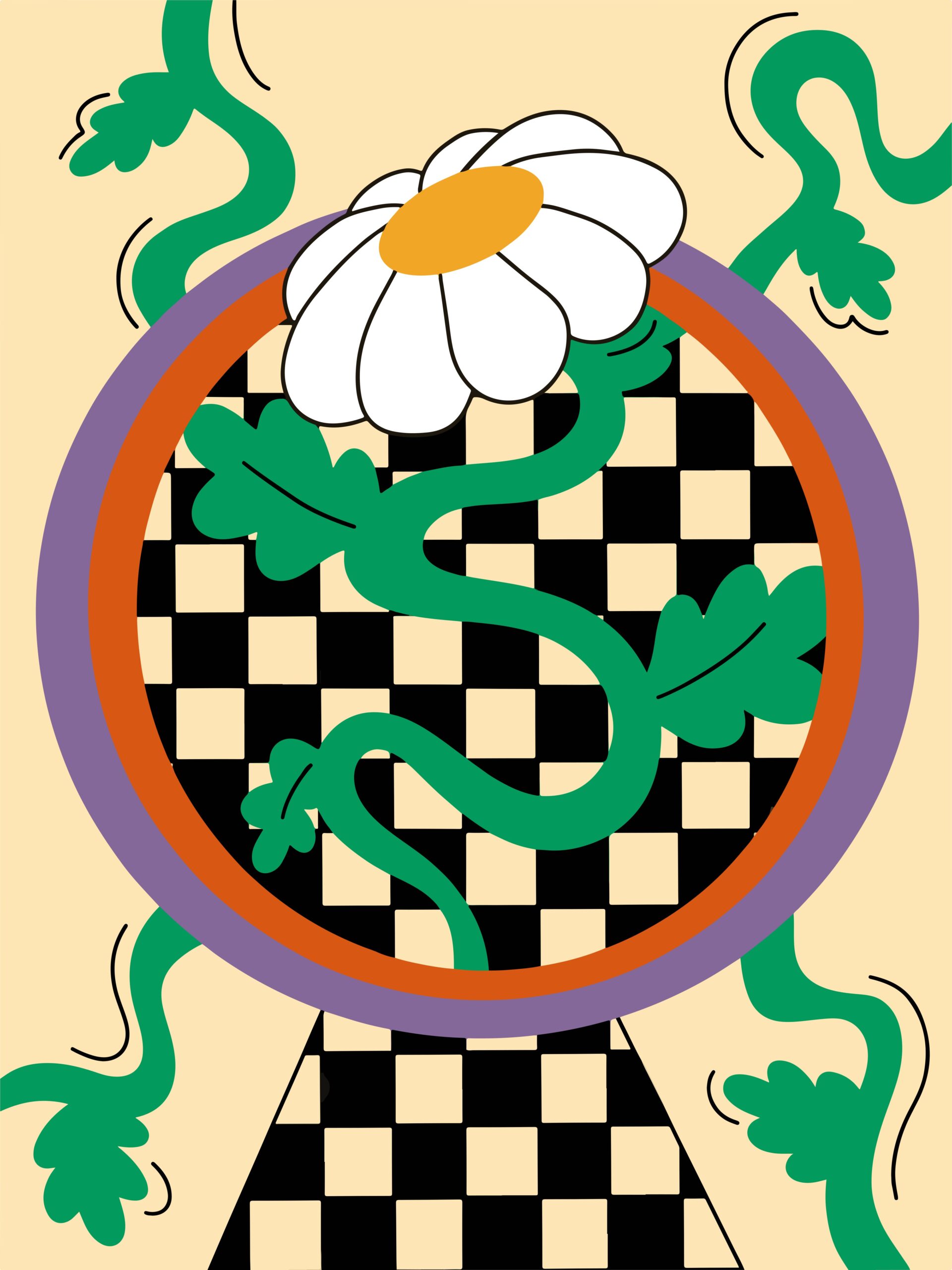A phaser is a type of audio effect commonly used in music production and live performances. It applies specific phase shifts and filters to create a sweeping, spatial texture in the sound.
Here are some basic parameters commonly found in a phaser:
- Rate: Controls the speed of the phasing effect. Higher values make the phasing cycle faster.
- Depth: Controls the intensity or strength of the effect.
- Feedback: Controls the amount of the phaser output that is fed back into its input. Higher values emphasize the effect.
- Phase: Adjusts the offset phase, which can alter where the phasing begins.
- Mix: Adjusts the balance between the dry (original sound) and wet (affected sound).
Table of Contents
Basic Usage
- Choose the Sound: Select the audio source (e.g., synthesizer, guitar, drums) you wish to apply the phaser to.
- Insert the Effect: Insert the phaser into the audio track or virtual instrument channel.
- Adjust Parameters: Tweak the above-mentioned parameters to get the desired sound.
- Test and Tweak: Listen to the affected sound and make adjustments as necessary to find the ideal setting.
Advanced Techniques
- Automation: Use the automation features in your DAW (Digital Audio Workstation) to change the phaser’s parameters over time.
- Modulation: Use an LFO (Low Frequency Oscillator) to modulate the parameters for a more dynamic effect.
- Multi-effects: Combine the phaser with other effects like delay, reverb, or distortion to create richer and more complex sounds.
These are basic guidelines; the potential for creative applications is limitless. Feel free to experiment and find the sound you like!

Comment